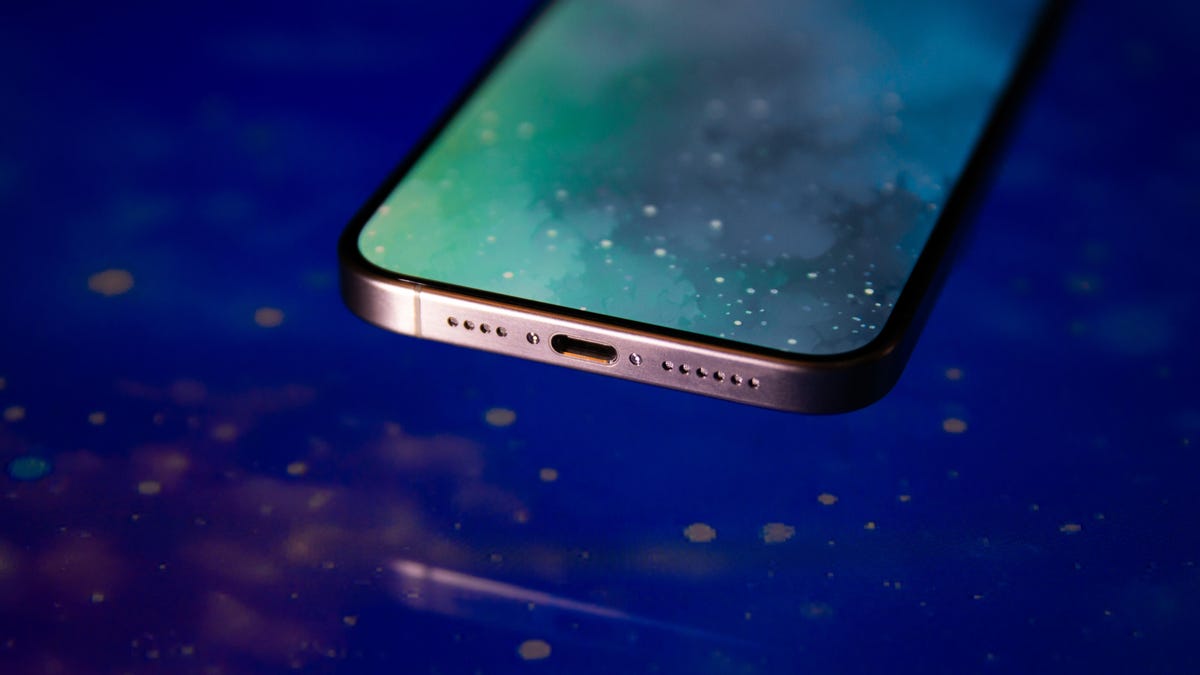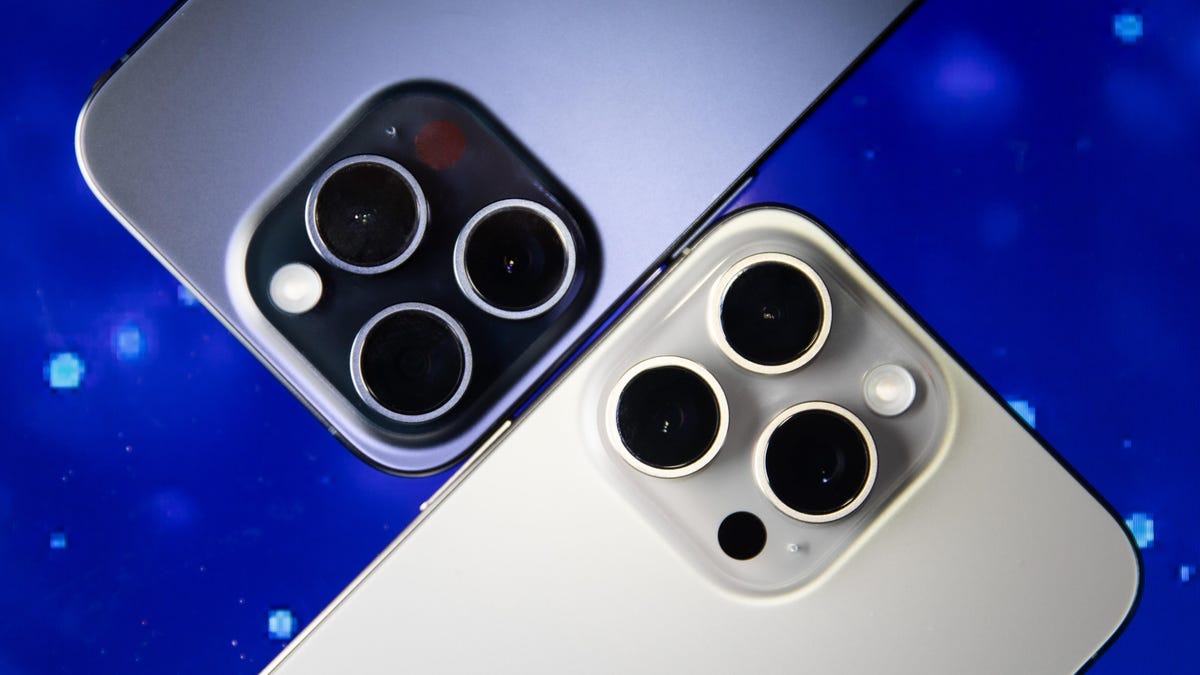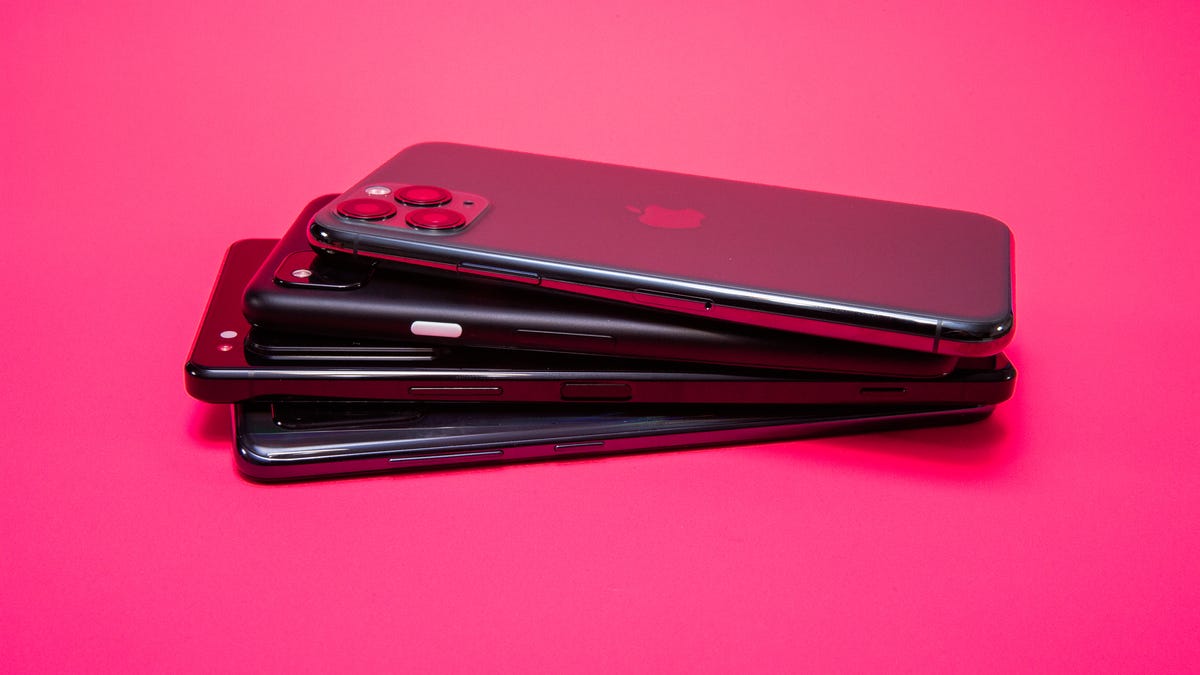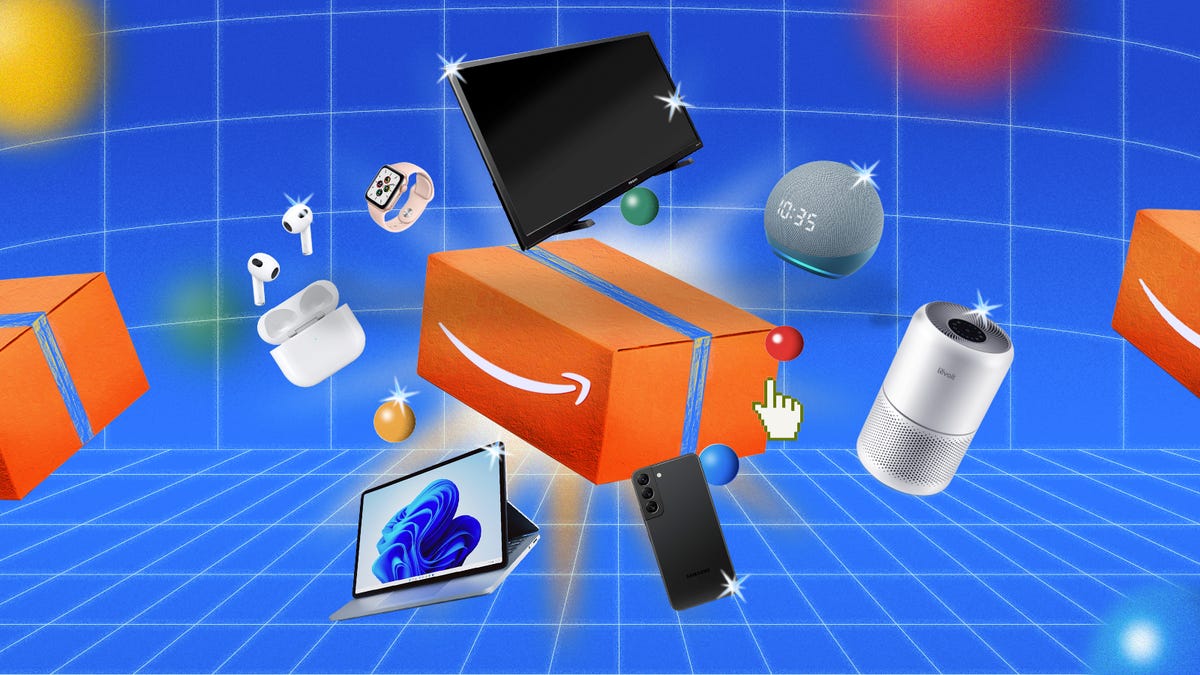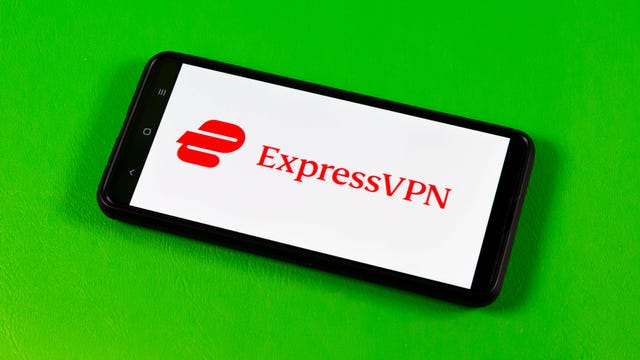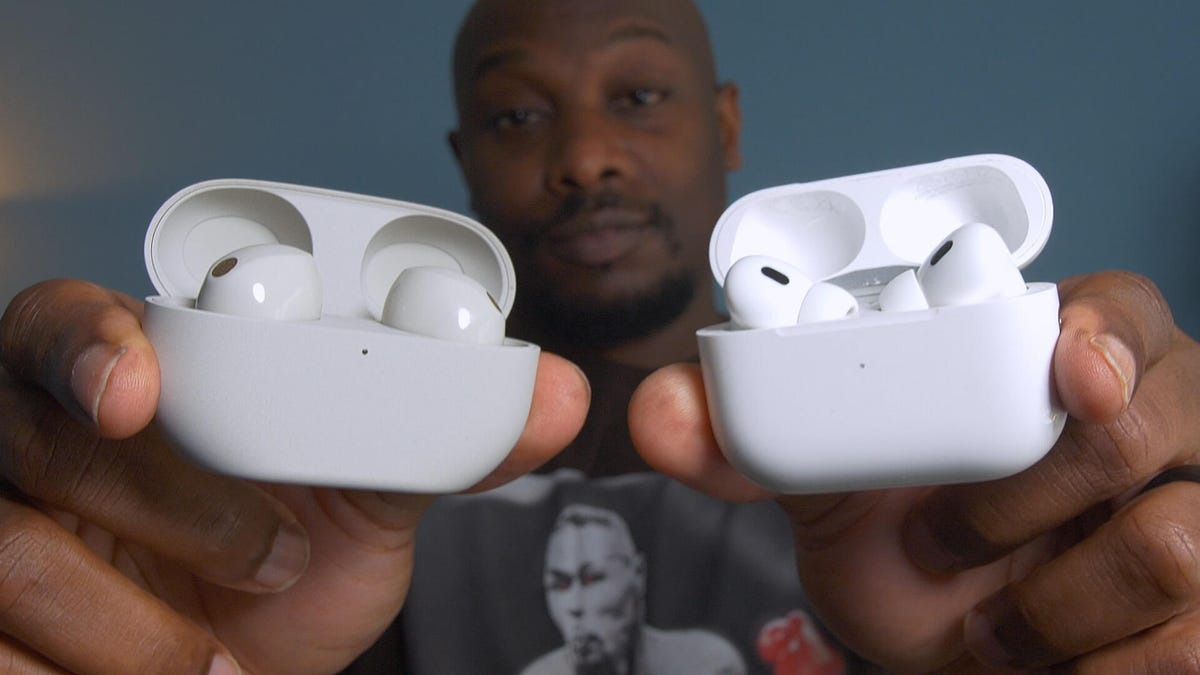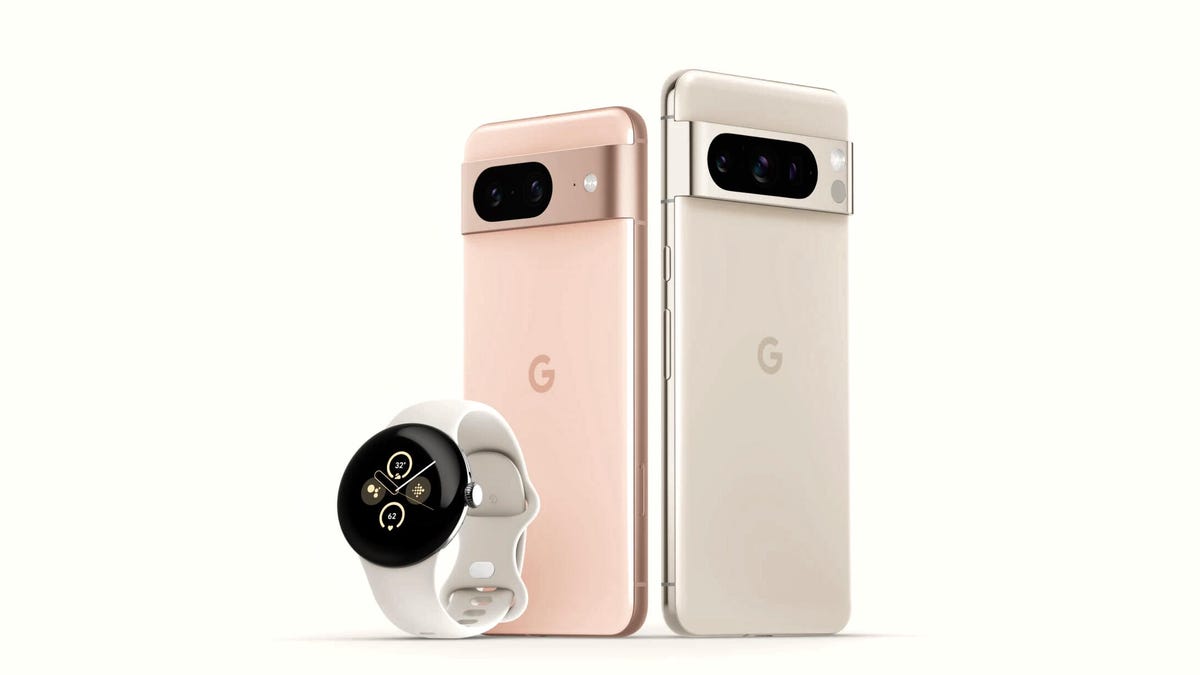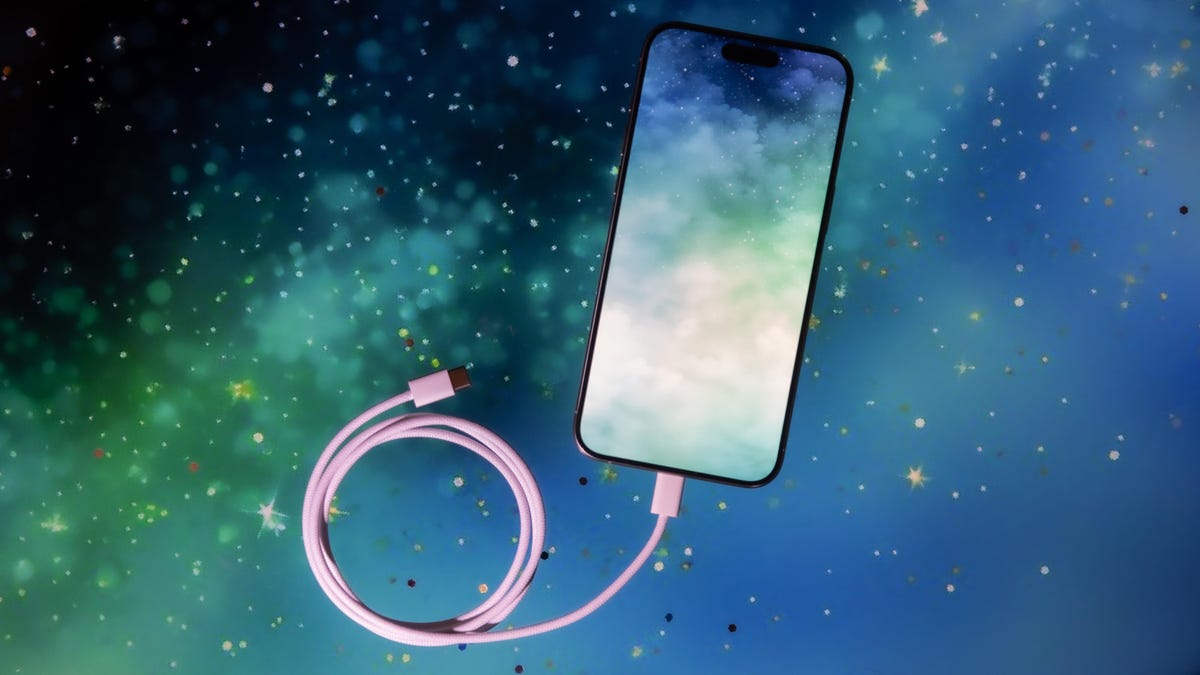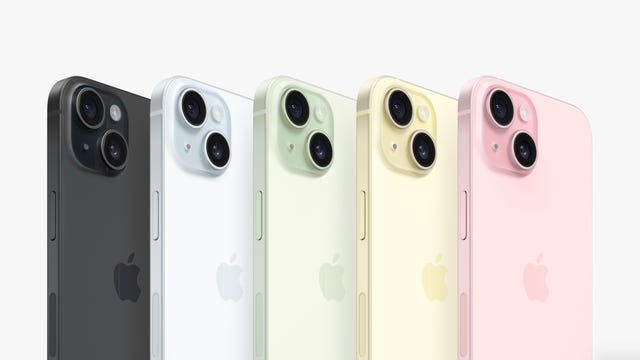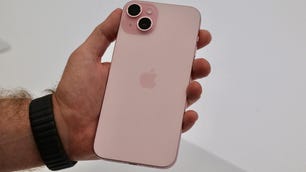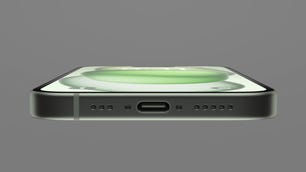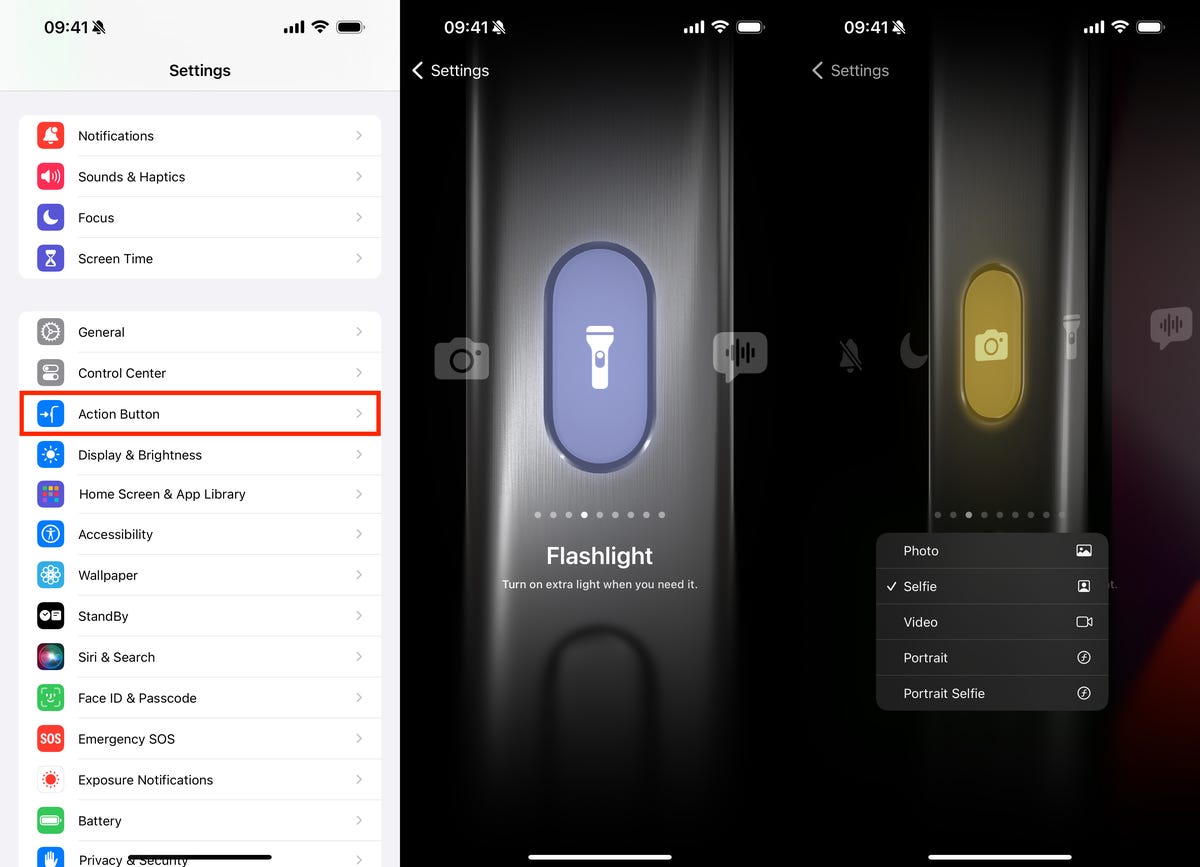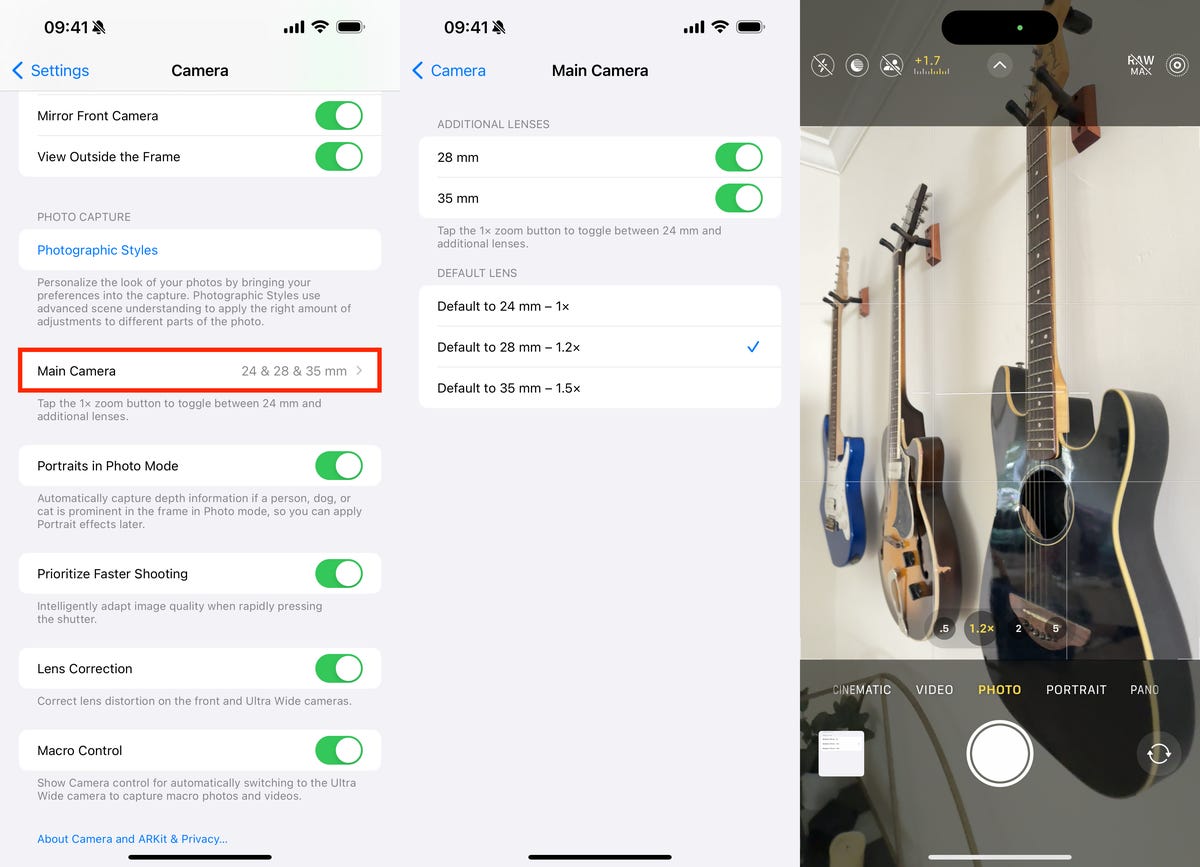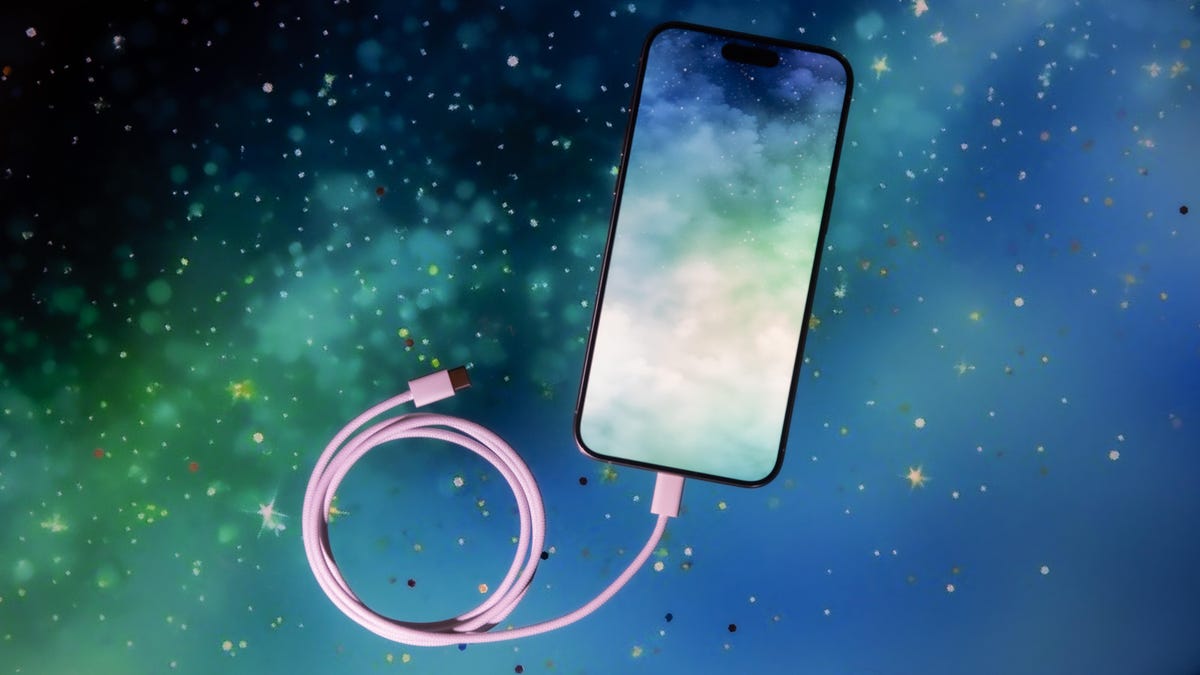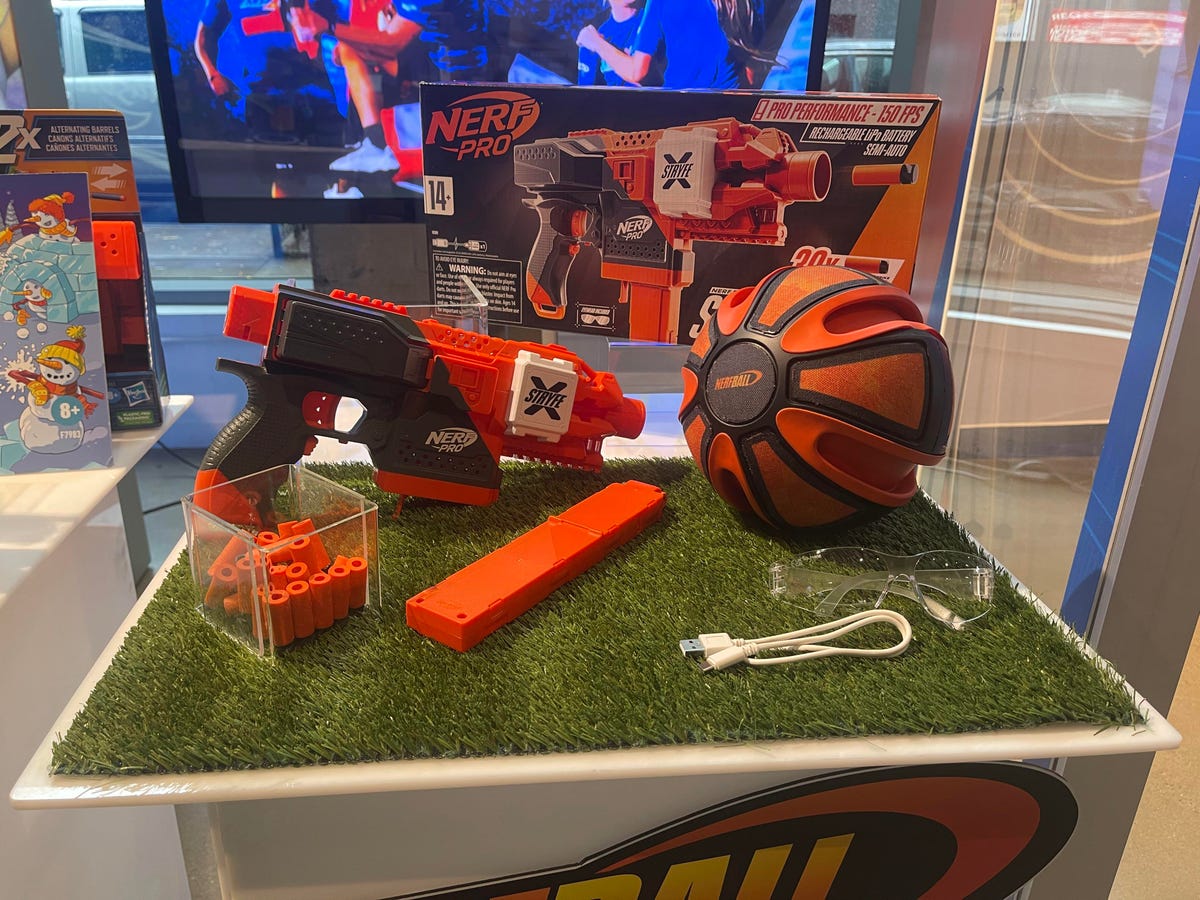Prime Day may be behind us, but Amazon has another massive savings event for Prime members launching in just over 10 days — the Prime Big Deal Days sale. It’s Amazon’s second Prime Day-like sales event of the year and a good opportunity to save for those that missed out on the summer deals. The company hopes it will kick off the holiday shopping season early, which gives you time to snag everything on your list before the usual Black Friday rush.
We’ve got all of the details on Amazon’s Prime Big Deal Days sale below and we’re be rounding up the best early Prime Day deals below as we get ever closer to the event.
Best early October Prime Day deals
Though the sale isn’t underway yet, the deals have already started to ramp up. We’re gathering up a bunch of our favorites below so you can kickstart your holiday savings early.
Best early October Prime Day deals on tech
Best early October Prime Day deals on home
Best early October Prime Day deals on health and fitness
What is Amazon Prime Big Deal Days?
It’s reasonable to be confused as to what exactly Prime Big Deal Days is. You probably know it’s a sale event, but Amazon is steering clear of Prime Day branding for it and using a new name entirely for this fall 2023 sale. So, what do you need to know?
Prime Big Deal Days is a two-day Amazon sale taking place in October that offers exclusive savings to Amazon Prime subscribers with limited-time offers, flash deals and rock-bottom prices. If that sounds a lot like Prime Day, it’s because the sale is essentially a second Prime Day event for 2023 in all but name, just like the Prime Early Access Sale that took place in October last year.
When is Amazon’s Prime Big Deal Days sale?
Amazon’s Prime Big Deal Days event will take place on Oct. 10 and 11. Running for a full 48 hours, the sale will offer a huge number of limited-time deals during those two days, though we expect Amazon will kick things off a little early with some promotions preceding the official start time. We’ll keep track of those right here.
Unlike Prime Day proper, which (save for a few exceptions) takes place in July, the Prime Big Deal Days sale occurs in the fall and is an opportunity for organized holiday shoppers to get started early, and also a chance for Amazon to hoover up eager bargain-hunters’ dollars before Black Friday sales begin in earnest.
As you can see from the history of Prime Day dates below, Amazon has held its Prime Day sales each July, with just a couple of deviations from that regular schedule. Notably, in 2020, Amazon pushed its Prime Day sale to October due to the COVID-19 pandemic before returning it to the summer in 2021 in a slightly earlier June spot. Prime Day returned to its July spot for 2022, though Amazon did use that October slot once again for an additional Prime Early Access Sale event that acted as a kickoff to the holiday shopping season. This year, that slot is being used for Prime Big Deal Days.
As a reference, here are the Prime Day dates from previous years:
- Prime Day 2015: July 15.
- Prime Day 2016: July 12.
- Prime Day 2017: July 11 to 12 (first to last longer than one day).
- Prime Day 2018: July 16 to 17.
- Prime Day 2019: July 15 to 16.
- Prime Day 2020: Oct. 13 to 14 (delayed by COVID-19 pandemic).
- Prime Day 2021: June 21 to 22 (the earliest to date).
- Prime Day 2022: July 12 to 13.
- Prime Early Access Sale 2022: Oct. 11 to 12.
- Prime Day 2023: July 11 to 12.
How long will the Prime Big Deal Days sale last?
Like Prime Day, Prime Big Deal Days will run for 48 hours. The sale will kick off at midnight PT (3 a.m. ET) on Oct. 10.
Amazon’s Prime Day and Prime Day-like events haven’t been single-day affairs since 2016, spanning two days for the first time in 2017 and continuing to be 48-hour bonanzas since then. Many of the deals launching at the sale’s opening time will be available throughout the event, supplies permitting, with other, more limited-time Lightning deals launching and expiring within the two-day span.
Will there be a second Amazon Prime Day event this year?
Yes, Amazon’s Prime Big Deal Days is the second Prime Day-like sale of 2023. It replaces the Prime Early Access Sale that took place in October 2022 and is like Prime Day in basically every way.
Which countries get Prime Big Deal Days?
Prime Day is an international affair and the same applies to the Prime Big Deal Days sale with 19 countries participating. The full list is as follows:
- Australia
- Austria
- Belgium
- Brazil
- Canada
- China
- France
- Germany
- Italy
- Luxembourg
- Netherlands
- Poland
- Portugal
- Singapore
- Spain
- Sweden
- Turkey
- UK
- US
Japan will also have its own Prime Big Deal Days sale later in the month.
How does Amazon’s Prime Big Deal Days sale work?
The idea behind Prime Day — and, by extension, Prime Big Deal Days — is a simple one: Subscribers to Amazon’s Prime service can get exclusive discounts on thousands of products and services across the site during a limited period of time. The products, while still available to non-Prime members, will have extra savings for members, dropping many of their prices down to new all-time lows.
When you’re logged in to your Prime account and looking at a product landing page, you’ll see the discounted price if it’s on sale. You don’t need any special coupon codes, nor is there a need to use a specific payment method in order to get the discounts. If you spend your money wisely each year, you can easily make back your Prime membership cost in savings during the event.
Do you need to be a Prime member to shop the Prime Big Deal Days sale?
Yes, Amazon’s Prime Big Deal Days sale requires a Prime subscription if you want to nab any of the Prime-exclusive deals. You don’t have to be a paying subscriber, though, as long as the event falls within your Prime trial period. That means you can start your month-long trial now and get in on the savings for free. For more info on that, check out our guide to shopping Prime Day sales without paying for Prime.
Amazon last year raised prices on Prime membership. It’s now $15 a month (or $139 a year).
Will other retailers participate in Prime Day?
Each Prime Day, we see other retailers announcing sales that directly compete with Amazon’s event, and we expect its fall event to be no different. Best Buy has already confirmed it intends to host a 48-hour flash sale on the very same dates and Walmart will overlap Prime Big Deal Days with its own Holiday Kickoff sale running Oct. 9 through 12. Home Depot is also running a Decor Days sale from Oct. 5 through 9 with savings on all things home decor in time for the holidays.
Why did Prime Day start?
Amazon has been hosting its annual Prime Day sale since 2015. Originally, it was a 24-hour sales event to celebrate Amazon’s 20th birthday. The “Prime” in the name refers to Amazon’s subscription service, which offers free delivery on many products in as little as one to two days, and which has now expanded to encompass the Netflix-style Prime Video service and various other Amazon-related perks.
Prime Day soon became a version of “Black Friday in July” for Amazon, allowing the retailer to have a branded 48-hour shopping extravaganza in an otherwise sleepy retail season. Unlike Black Friday, however, the Prime Day branding lets Amazon differentiate its summer sale from competitors while selling Prime memberships and Amazon-branded hardware such as Echo speakers and Fire tablets, which encourage customers to stay within the Amazon ecosystem. The fact that the sale also allows Amazon and its partners to clear out inventory and warehouse space ahead of the holiday shopping season doesn’t hurt, either.
Where can you find deals right now?
The CNET Deals team covers all of the best price drops, discounts and deals daily from all the top retailers. Whether it’s a one-day promo at Woot, a weekend sale at Best Buy or a coupon code for a product at Amazon, if it’s a great deal, we’ll be covering it.
Be sure to check out all of the great deals each day at CNET.com/deals and sign up for our CNET Deals newsletter for a daily digest of deals delivered to your inbox. You can also sign up for CNET Deals text alerts for curated deals during the event, and install out our CNET Shopping browser extension to help ensure that purchases you make all year round will be at the lowest price available.
